Guess you could have the toilet always running…aka a drip system lolNot sure why this is such a difficult concept to grasp? Nothing beats flushing the toilet……
Multiple Oscars in Large Tank
- Thread starter pisanoal
- Start date
Wait, am I reading this correctly? You haven’t had to clean your sponges in 5 years?I've never used canisters because I keep reading how they're a pain to clean and people get lulled into not cleaning them enough. Not saying don't use 'em, but still...plus I'm paranoid about floor level filtration during power outages (like the random one here an hour ago)
I used a different approach. Knowing I was going to have an oscar and other bioload strong fish I figured to increase efficiency to the max.
In the 225 I utilize this system which as worked well
2x 2 jumbo sponges with a powerhead on each stack (one in each corner). Each jumbo sponge is rated to 125 gallons (total of four). Haven't touched these in nearly 5 years.
3 Aquaclear 110s stuffed with Bio Bale and sponge. Bio Bale is a plastic ribbon with rough texture that has 33sqft of surface area per pound for bio filtration. It's just one long piece of plastic ribbon that rinses clean in tank water in two seconds. Nothing sticks to it.
(4 ) 4"jumbo airstones for oxygenation and water movement, equally spaced apart. The airstones are placed in front of the aquaclears and 'crossways' in the flow of the powerheads. I never saw any logs from Brick after using this method. But the mechanical sponges would be black every 2-3 days so they were cleaned twice a week. Sometimes three once Brick got really huge and bulky.
Not the huge jumbo ones that stay submerged, nope. Don't even squeeze 'em out. But in the smaller tanks I do squeeze them clean because they work by air hose/pump, not powerheads. Makes a difference. And they get filthy asf because there's no directional flow like the 225. The huge sponges get dirty but stuff breaks down on them and never fouls the tank. Not the case in the smaller tanks, eventually the water stays perpetually cloudy from mulm buildup until I clean. Flow and oxygen affects the detrius.Wait, am I reading this correctly? You haven’t had to clean your sponges in 5 years?
Here's a diagram of the filtration in the 225. The HOBs are static flow, as are the airstones. The powerheads are the dynamic flow and key for affecting direction of debris. The trick is hitting the right angle to push everything toward the hobs to suck up the crud. Crossways will blast everything to the corners. Too far to the front and stuff goes to the back wall and under decor. Angled to the back works because I keep it open in the front for stuff to collect there. As it goes to the front the hobs grab most of it.
Its also a good way of having fish with personalities interact as they all have to go to the 'dinner table' area. I don't put food in the dead zones, that makes unecessary work and you always miss some crud.
Blood Parrot Boss in particular loves dangling along the back wall where all the flow 'crashes' together. He'll hang suspended under plant cover while his tail flaps around. My Oscar Brick often did this as well...sometimes he would even take 'bubble baths' over the airstones.
I actually did an experiment and did clean the jumbo sponges and each time got a mini crash and cloudiness...their massive surface area did a good job keeping bb balance with a huge Oscar in the tank. I had a theory, tested a concept. The rest was trial and error.
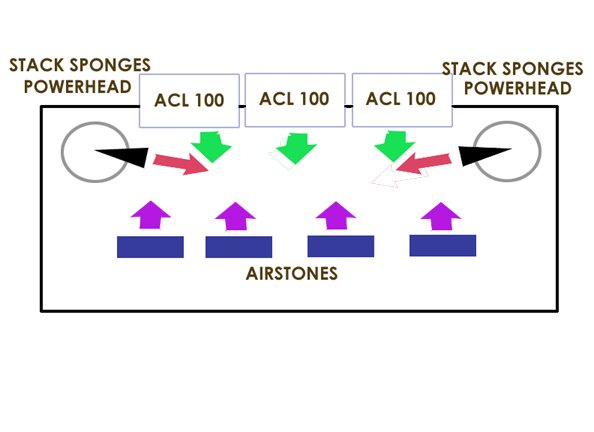
Last edited:
Damn, that’s awesome!!! Thanks for sharing!Not the huge jumbo ones that stay submerged, nope. Don't even squeeze 'em out. But in the smaller tanks I do squeeze them clean because they work by air hose/pump, not powerheads. Makes a difference. And they get filthy asf because there's no directional flow like the 225. The huge sponges get dirty but stuff breaks down on them and never fouls the tank. Not the case in the smaller tanks, eventually the water stays perpetually cloudy from mulm buildup until I clean. Flow and oxygen affects the detrius.
Here's a diagram of the filtration in the 225. The HOBs are static flow, as are the airstones. The powerheads are the dynamic flow and key for affecting direction of debris. The trick is hitting the right angle to push everything toward the hobs to suck up the crud. Crossways will blast everything to the corners. Too far to the front and stuff goes to the back wall and under decor. Angled to the back works because I keep it open in the front for stuff to collect there. As it goes to the front the hobs grab most of it.
Its also a good way of having fish with personalities interact as they all have to go to the 'dinner table' area. I don't put food in the dead zones, that makes unecessary work and you always miss some crud.
Blood Parrot Boss in particular loves dangling along the back wall where all the flow 'crashes' together. He'll hang suspended under plant cover while his tail flaps around. My Oscar Brick often did this as well...sometimes he would even take 'bubble baths' over the airstones.
I actually did an experiment and did clean the jumbo sponges and each time got a mini crash and cloudiness...their massive surface area did a good job keeping bb balance with a huge Oscar in the tank. I had a theory, tested a concept. The rest was trial and error.
View attachment 1539034
I’m assuming you’re referring to skimmers for exportation which to the best of my knowledge aren’t effective in freshwater since you can’t get the foam. I think most people here use canisters or sumps. I use canisters and I clean mine at least once a month. A drip system works too, but I classify that as a WC. I can’t imagine how big of a refugium you’d need for Oscars or if it would even work.
[/QUOTE]
Just an FYI, I have used fractionation on my fresh water tanks, and ponds, and it works just fine, I consider it one of the best filtration forms, because it removes nitrate precursors directly from the water column, not just store them like cans do. . It's just a little harder to crack the air water interface in fresh water because it is less dense than salt. Below is a DIY fractionation I used on a 500 gal pond, and as you can see, with the proper pump, foam is produced without a problem.
https://youtu.be/O19kySpxulg
Most aquarists that are unsuccessful with fractionation just don;t use enough pump strength.
If you've seen foam billowing from below a waterfall, that is natural fractionation, just as foam created by wave action in a lake or river.
And a sump/refugium would be a great addition to an oscar tank, (in fact I wouldn't keep oscars without a large one) and while using it, I have kept a number of cichlids that easily grow to same size as, or larger than oscars.
Nandopsis haitiensus, Paeachromis, a number of Viejas,, Petenia spendida, and Paretroplus to name a just few, all that get equal to oscar size, or get even bigger.
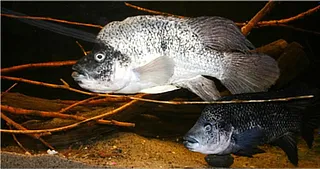
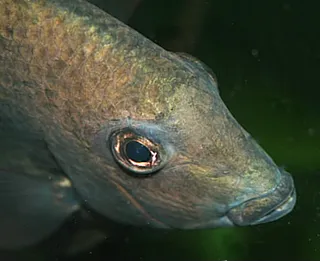
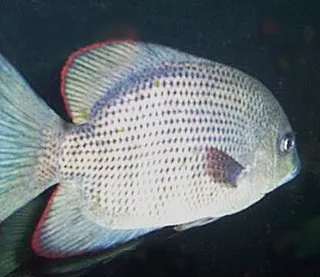
I will admit, i doubt i would keep more than a pair or trio, in a tank as small as a standard 180 though, which is the size of the 2 of the tanks I have at the moment (but with a 125 gal planted sump/refugium).
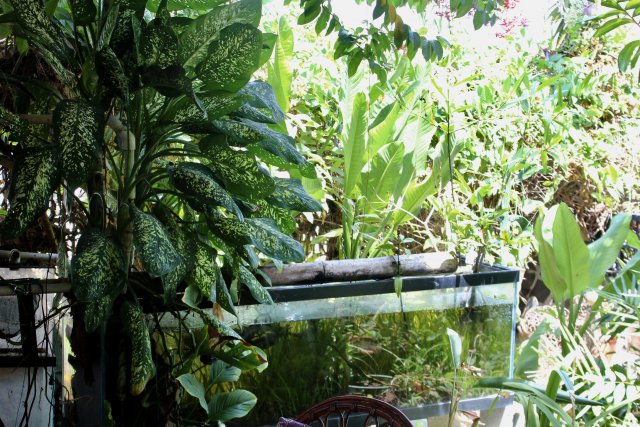
And just to belay and lack of experience theories, I have been keeping cichlids since 1958, and some of those 1st ones, were oscars.
And I also worked for about 20 years as a water chemist/microbiologist, in a drinking water facility.
How long can you go in your house without flushing?
[/QUOTE]
Just an FYI, I have used fractionation on my fresh water tanks, and ponds, and it works just fine, I consider it one of the best filtration forms, because it removes nitrate precursors directly from the water column, not just store them like cans do. . It's just a little harder to crack the air water interface in fresh water because it is less dense than salt. Below is a DIY fractionation I used on a 500 gal pond, and as you can see, with the proper pump, foam is produced without a problem.
https://youtu.be/O19kySpxulg
Most aquarists that are unsuccessful with fractionation just don;t use enough pump strength.
If you've seen foam billowing from below a waterfall, that is natural fractionation, just as foam created by wave action in a lake or river.
And a sump/refugium would be a great addition to an oscar tank, (in fact I wouldn't keep oscars without a large one) and while using it, I have kept a number of cichlids that easily grow to same size as, or larger than oscars.
Nandopsis haitiensus, Paeachromis, a number of Viejas,, Petenia spendida, and Paretroplus to name a just few, all that get equal to oscar size, or get even bigger.



I will admit, i doubt i would keep more than a pair or trio, in a tank as small as a standard 180 though, which is the size of the 2 of the tanks I have at the moment (but with a 125 gal planted sump/refugium).

And just to belay and lack of experience theories, I have been keeping cichlids since 1958, and some of those 1st ones, were oscars.
And I also worked for about 20 years as a water chemist/microbiologist, in a drinking water facility.
How long can you go in your house without flushing?
Last edited:
I forgot to mention something about the setup I use. Don't place the airstones too close to the HOB intake stems. You have to stagger them. Otherwise, the filters will choke off some, get noisy and lose some vacuum pressure because air is being pushed back in against the outflow. You'll know when this happens by a sudden loud rattling vibration sound like the filter is running dry.
Haha, I’ve already learned that the hard way. I burned out a canister but letting too much air get sucked into itI forgot to mention something about the setup I use. Don't place the airstones too close to the HOB intake stems. You have to stagger them. Otherwise, the filters will choke off some, get noisy and lose some vacuum pressure because air is being pushed back in against the outflow. You'll know when this happens by a sudden loud rattling vibration sound like the filter is running dry.
Just an FYI, I have used fractionation on my fresh water tanks, and ponds, and it works just fine, I consider it one of the best filtration forms, because it removes nitrate precursors directly from the water column, not just store them like cans do. . It's just a little harder to crack the air water interface in fresh water because it is less dense than salt. Below is a DIY fractionation I used on a 500 gal pond, and as you can see, with the proper pump, foam is produced without a problem.I’m assuming you’re referring to skimmers for exportation which to the best of my knowledge aren’t effective in freshwater since you can’t get the foam. I think most people here use canisters or sumps. I use canisters and I clean mine at least once a month. A drip system works too, but I classify that as a WC. I can’t imagine how big of a refugium you’d need for Oscars or if it would even work.
https://youtu.be/O19kySpxulg
Most aquarists that are unsuccessful with fractionation just don;t use enough pump strength.
If you've seen foam billowing from below a waterfall, that is natural fractionation, just as foam created by wave action in a lake or river.
And a sump/refugium would be a great addition to an oscar tank, (in fact I wouldn't keep oscars without a large one) and while using it, I have kept a number of cichlids that easily grow to same size as, or larger than oscars.
Nandopsis haitiensus, Paeachromis, a number of Viejas,, Petenia spendida, and Paretroplus to name a just few, all that get equal to oscar size, or get even bigger.
View attachment 1539047 View attachment 1539048View attachment 1539053
I will admit, i doubt i would keep more than a pair or trio, in a tank as small as a standard 180 though, which is the size of the 2 of the tanks I have at the moment (but with a 125 gal planted sump/refugium).
View attachment 1539054
And just to belay and lack of experience theories, I have been keeping cichlids since 1958, and some of those 1st ones, were oscars.
And I also worked for about 20 years as a water chemist/microbiologist, in a drinking water facility.
How long can you go in your house without flushing?
[/QUOTE]
That pond skimmer is pretty sweet, guess now I know they do work on freshys lol
[/QUOTE]
That pond skimmer is pretty sweet, guess now I know they do work on freshys lol
[/QUOTE]
I have seen many aquarists pooh-pooh fractionation, most regurgitating what they have previously read, but others., may that have tried and failed with the wimpy units made (and work) for salt water.
I tried with those units at first and failed too, but after reading an article in TFH mag by Joe Gargas (Foam Fraction in a Discus Factory) and experimenting with stronger pumps, the myth was debunked in my freshwater tanks and ponds.
Plans for the DIY unit above from Koiphen.com
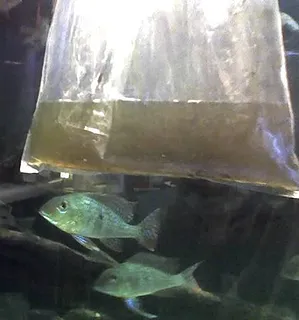
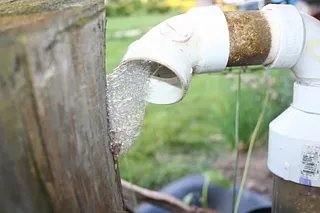
If fact, I went a little more in detail, where I collected skimmer waste, filtered it, and desiccated it in the lab.
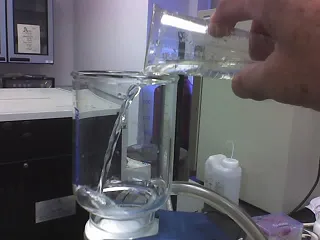
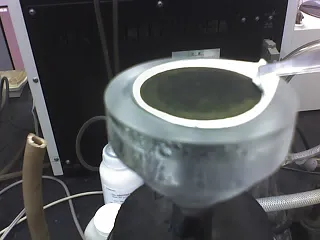
As a controls I used DI water, and unfiltered tank water, and compared the desiccated weight of each to skimmer waste.
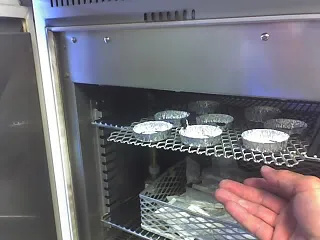
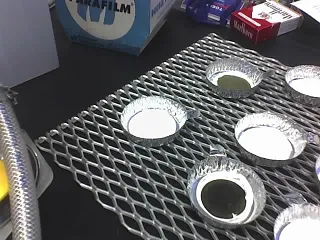
I found the dried weight of skimmer waste to average 8 to 10 times that of tank water.
A pretty good removal rate for the use of any filtration method.
The "method" was to compare the weight of 100 mLs. of unfiltered tank water, with 100 mLs, of collected skimmer waste
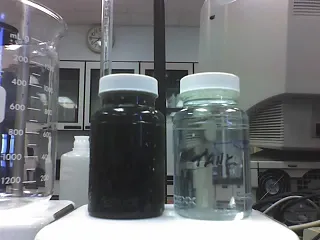
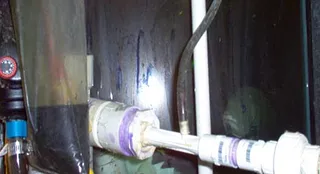
The fractionation unit above, was also a DIY version, plans found in an article in aquarium Fish Mag.
I used plastic fish bags to collect waste.
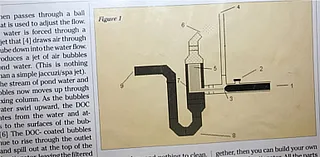
Because I (luckily) had access to a water quality lab, most of my theories about, fractionation, HITH and nitrate concentration, and pathogenic bacterial buildup are not simply anecdotal, but backed up with my own testing, actual unbiased trials, and experimental evidence.
That pond skimmer is pretty sweet, guess now I know they do work on freshys lol
[/QUOTE]
I have seen many aquarists pooh-pooh fractionation, most regurgitating what they have previously read, but others., may that have tried and failed with the wimpy units made (and work) for salt water.
I tried with those units at first and failed too, but after reading an article in TFH mag by Joe Gargas (Foam Fraction in a Discus Factory) and experimenting with stronger pumps, the myth was debunked in my freshwater tanks and ponds.
Plans for the DIY unit above from Koiphen.com


If fact, I went a little more in detail, where I collected skimmer waste, filtered it, and desiccated it in the lab.


As a controls I used DI water, and unfiltered tank water, and compared the desiccated weight of each to skimmer waste.


I found the dried weight of skimmer waste to average 8 to 10 times that of tank water.
A pretty good removal rate for the use of any filtration method.
The "method" was to compare the weight of 100 mLs. of unfiltered tank water, with 100 mLs, of collected skimmer waste


The fractionation unit above, was also a DIY version, plans found in an article in aquarium Fish Mag.
I used plastic fish bags to collect waste.

Because I (luckily) had access to a water quality lab, most of my theories about, fractionation, HITH and nitrate concentration, and pathogenic bacterial buildup are not simply anecdotal, but backed up with my own testing, actual unbiased trials, and experimental evidence.
Last edited:
Because I (luckily) had access to a water quality lab, most of my theories about, fractionation, HITH and nitrate concentration, and pathogenic bacterial buildup are not simply anecdotal, but backed up with my own testing, actual unbiased trials, and experimental evidence.
This is the content I came for! Thanks for this. Your comment about people regurgitating what they have heard over and over again is spot on. Not blaming anyone, it's just taken as common knowledge. I've got a degree in chemical engineering and work as an environmental scientist at a wastewater utility. So water chemistry/treatment of wastewater is far from a mystery.
Now I haven't done the scientific experimentation in removal efficiencies of aquarium technology, but I find it really hard to accept common knowledge when I know it's an engineering problem and commonly overcome every day in both wastewater and drinking water. Obviously scales are different and maybe it's impractical on an aquarium level, but we can certainly do better than what is commonly on tanks and thus reduce maintenance.
I used a simple venturi skimmer for saltwater on a pond I had and it did fine. Not great, probably no where near the removal you are getting, but it was far better than nothing...
I asked my question about canister filters because as you mentioned, all that does is hide waste. Is does not remove it until you clean it. If you aren't cleaning that thing every day or every other day which nobody does, all that crap is breaking down into ammonia-nitrite-nitrate and adding tons of vocs causing the tank to smell.
In your research, do you have any numbers on % of soluble BOD? I'd be curious to see how much removing tss from the water column before it breaks down actually impacts nutrient export.
Last edited:








